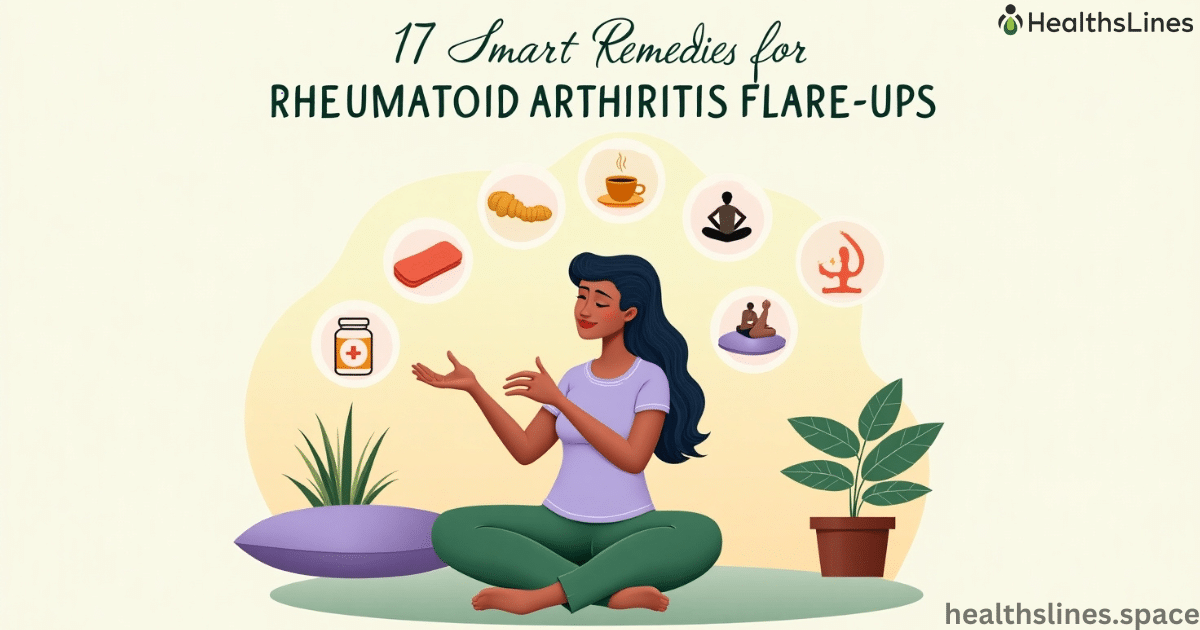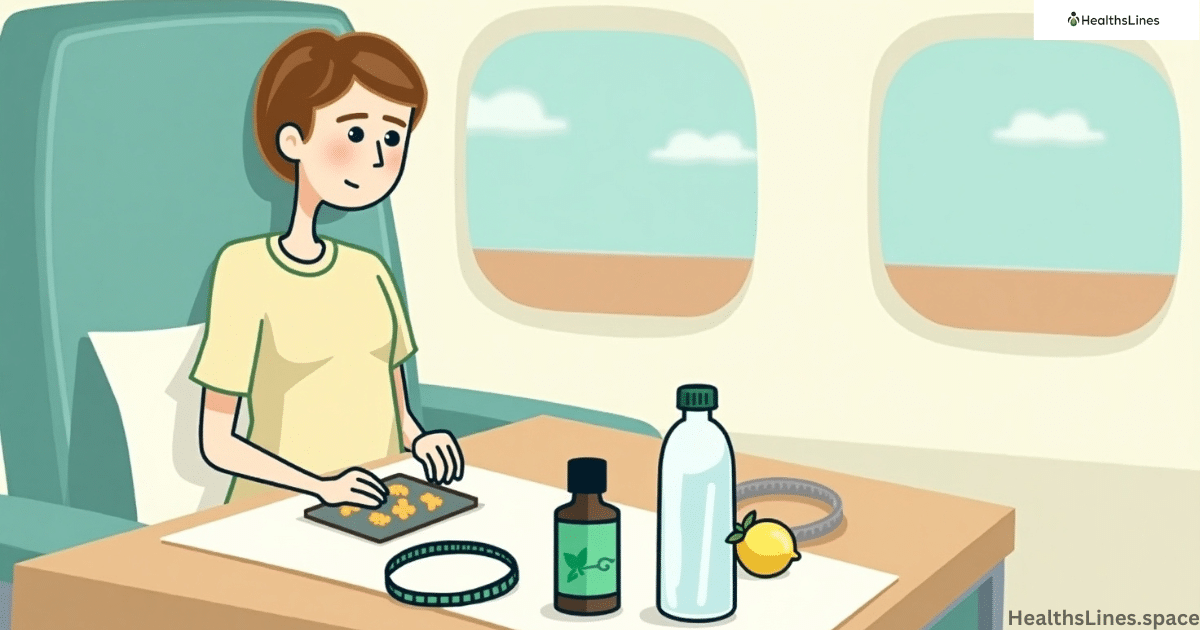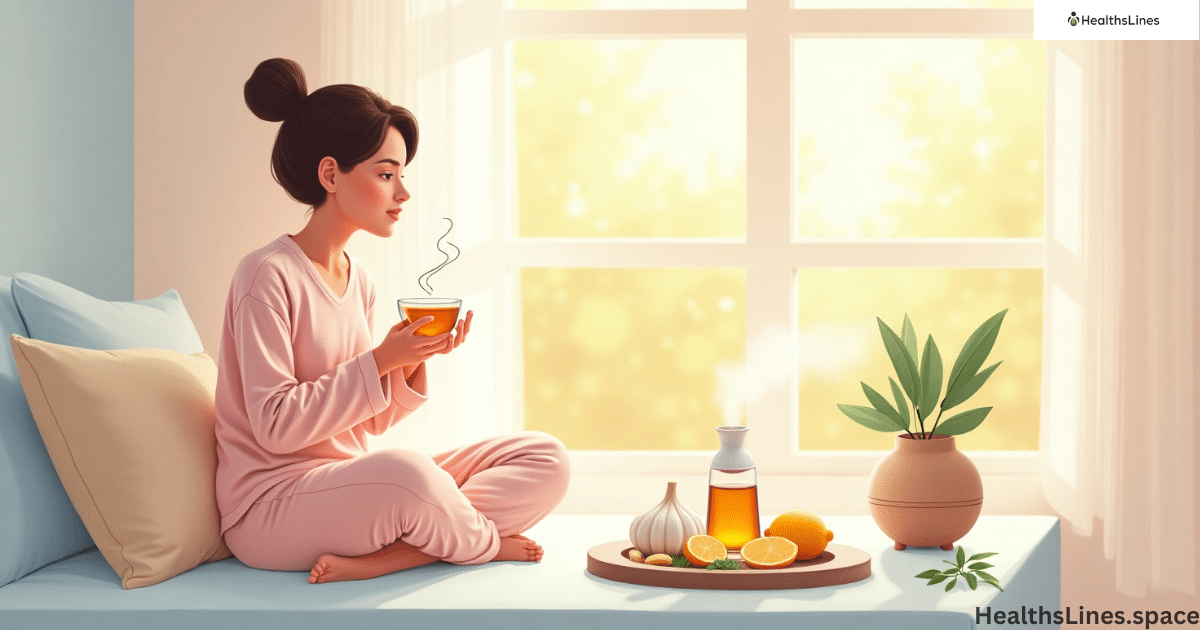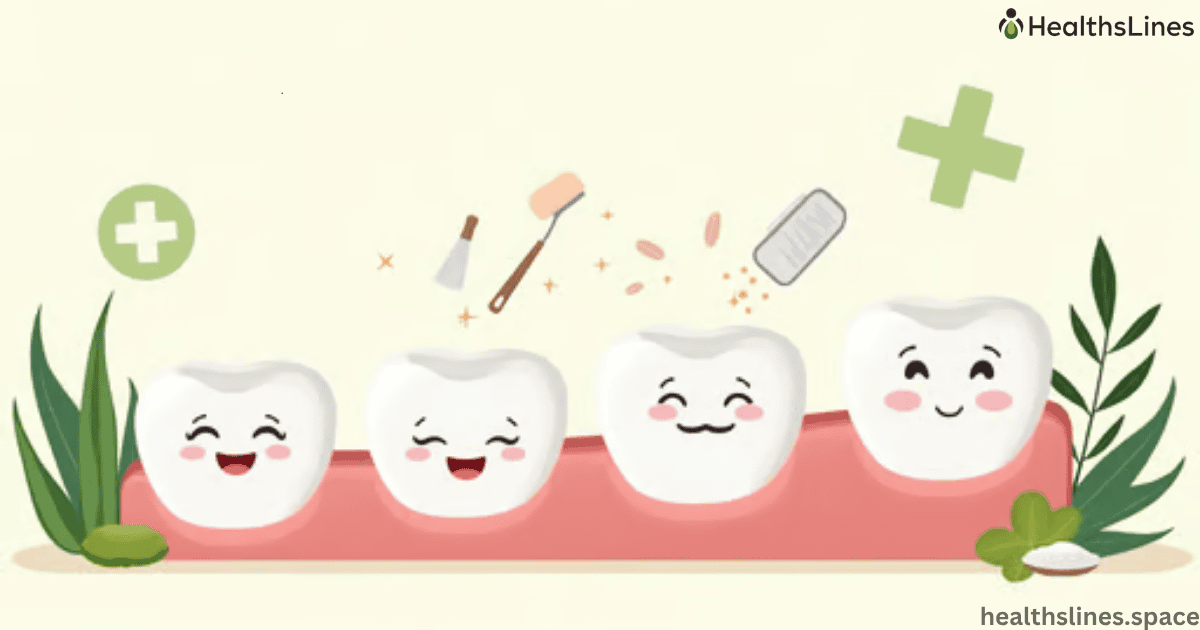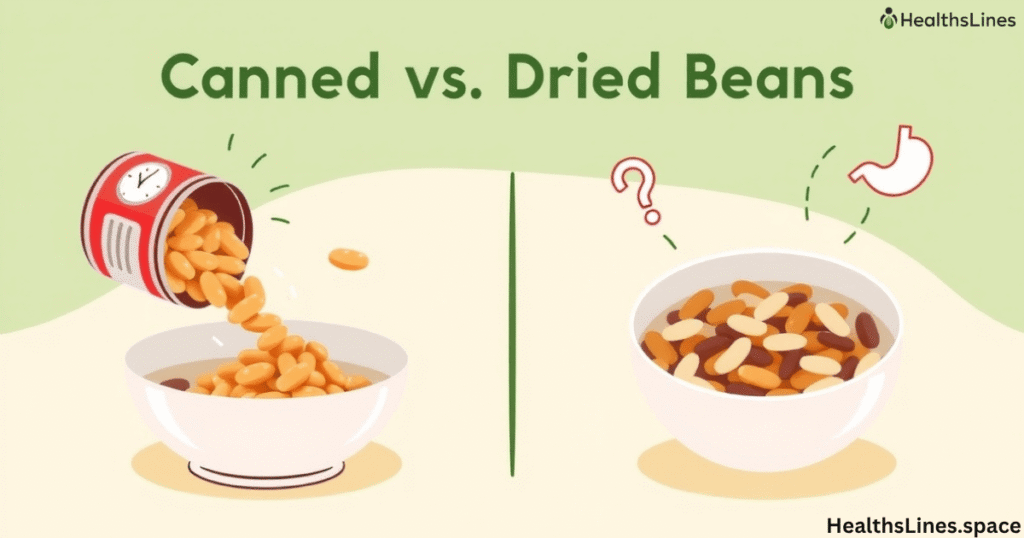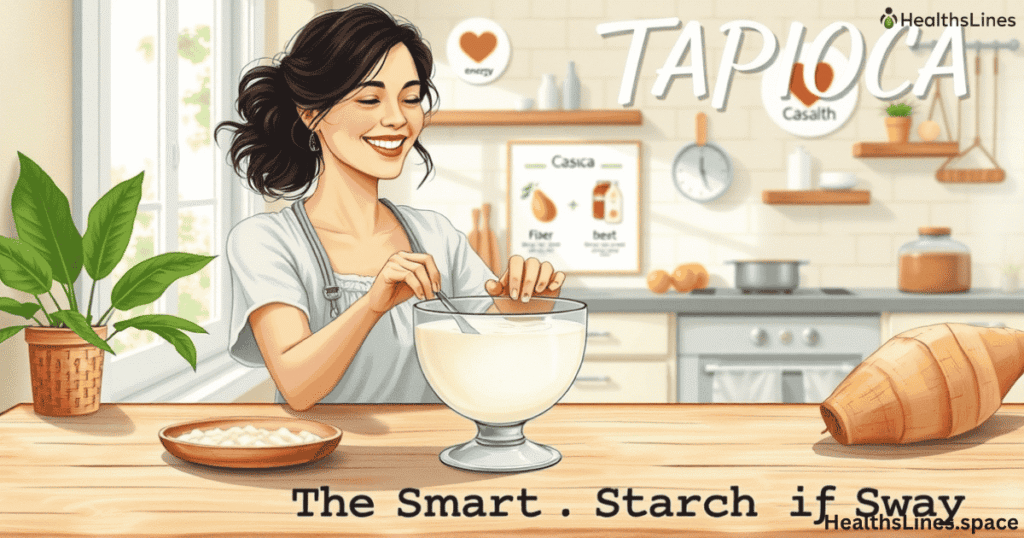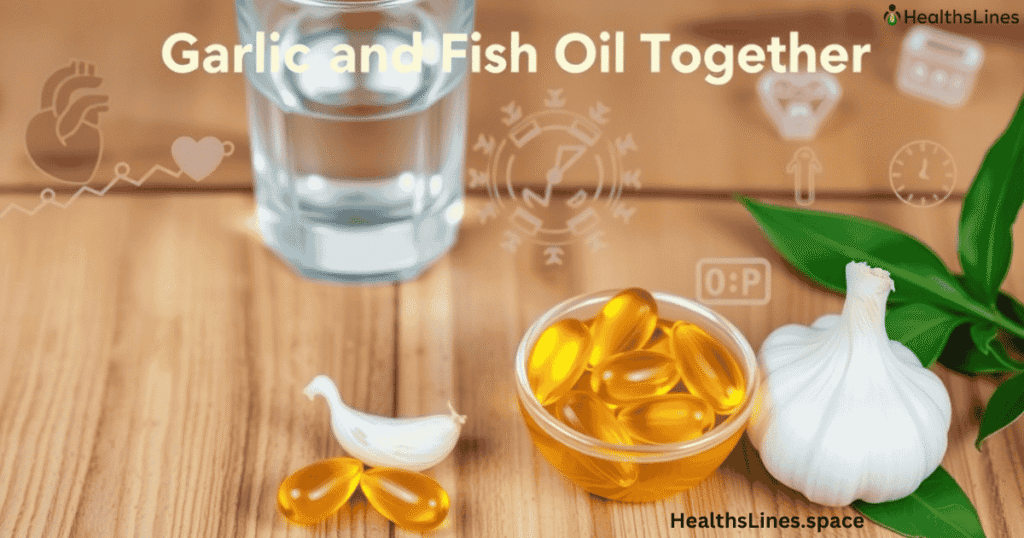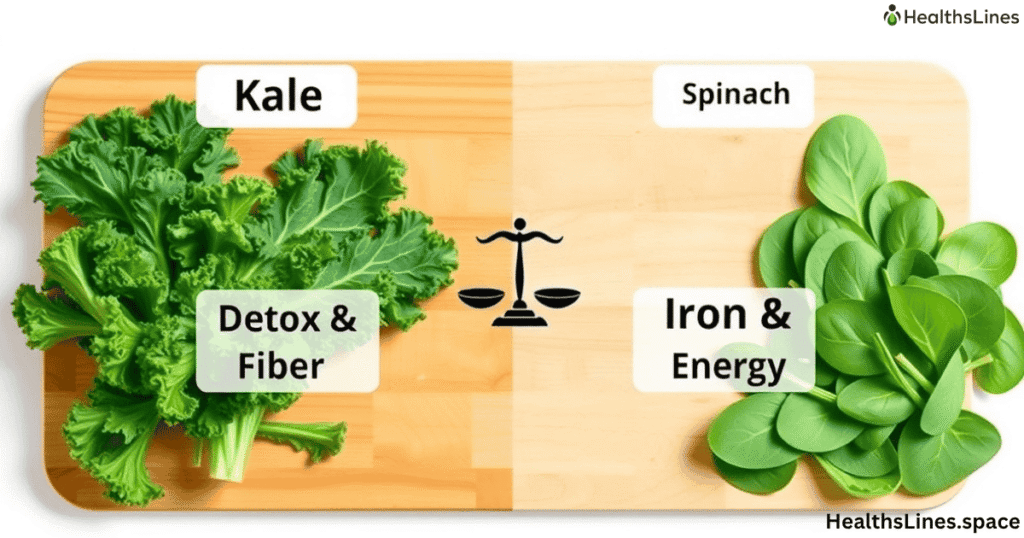Living with rheumatoid arthritis (RA) isn’t easy. Some days your joints feel tight and painful. Other days, even walking or holding things is hard. Flare-ups can come without warning. But don’t worry. There are smart ways to help your body feel better Remedies for Rheumatoid Arthritis. This guide shares 17 remedies that can ease pain, reduce swelling, and help you stay active. These tips are backed by science and used by real people with RA. If you deal with rheumatoid arthritis flare-ups, these ideas may help you feel more in control.
Mind and Movement Remedies
When your joints hurt, it’s easy to feel stressed. Stress can make flare-ups worse. That’s why caring for your mind is just as important as caring for your body. Mindfulness helps many people with RA feel calmer. It means paying attention to how you feel right now without getting upset. You can try simple deep breathing, quiet meditation, or even gentle music to relax. People who practice mindfulness say they feel less pain and handle bad days better.
Movement helps your joints too. When you don’t move, your body gets stiff. But gentle activities like yoga, tai chi, and slow walking can keep your joints flexible. These exercises are safe because they don’t put too much pressure on your joints. Moving also sends blood to sore areas, which can help you heal. Even short daily walks can help. Always go slow and stop if you feel pain. But remember—staying still can make things worse. Mind and movement work best when used together Remedies for Rheumatoid Arthritis.
Gut Health and Pain Relief
Your belly plays a big role in your joint health. That may sound strange, but it’s true. Inside your stomach and intestines, tiny bacteria live. These bacteria help break down food and keep your body strong. When the balance of good and bad bacteria is off, your immune system may attack your joints. That’s part of what happens in rheumatoid arthritis.
To help your gut, eat healthy food. Try to eat fruits, vegetables, beans, and whole grains. These foods have fiber, which feeds the good bacteria. You can also eat fermented foods like yogurt, kefir, or pickles. These foods add good bacteria to your belly. Some people take probiotic supplements to help even more. Probiotics can help calm swelling and pain over time Remedies for Rheumatoid Arthritis.
Some doctors think a “leaky gut” causes more joint pain. This happens when the lining of your gut gets weak. Bad things can leak into your blood and make your immune system angry. To avoid this, don’t eat too much sugar, junk food, or fake ingredients. When your gut is healthy, your body fights less. That means your joints may feel better too.
Heat and Cold Therapy
Heat and cold are simple but powerful tools for managing pain. Therapy helps your muscles relax. It brings more blood to your sore joints. This can help you move better. You can use a warm towel, a heating pad, or take a hot shower. Many people like to soak in a warm bath with Epsom salt. It relaxes the whole body and eases stiffness.
Cold therapy works in a different way. It slows blood flow and reduces swelling. If your joints feel red, warm, or swollen, use a cold pack or a bag of frozen peas wrapped in a cloth. Cold helps numb sharp pain and keeps swelling down. Don’t use cold too long—about 15 minutes at a time is best. Some people switch between heat and cold. This mix can give great relief.
You don’t need special tools for this. Just use what you have at home. And always put a cloth between your skin and any hot or cold item. This keeps your skin safe.
Smart Foods That Fight Pain
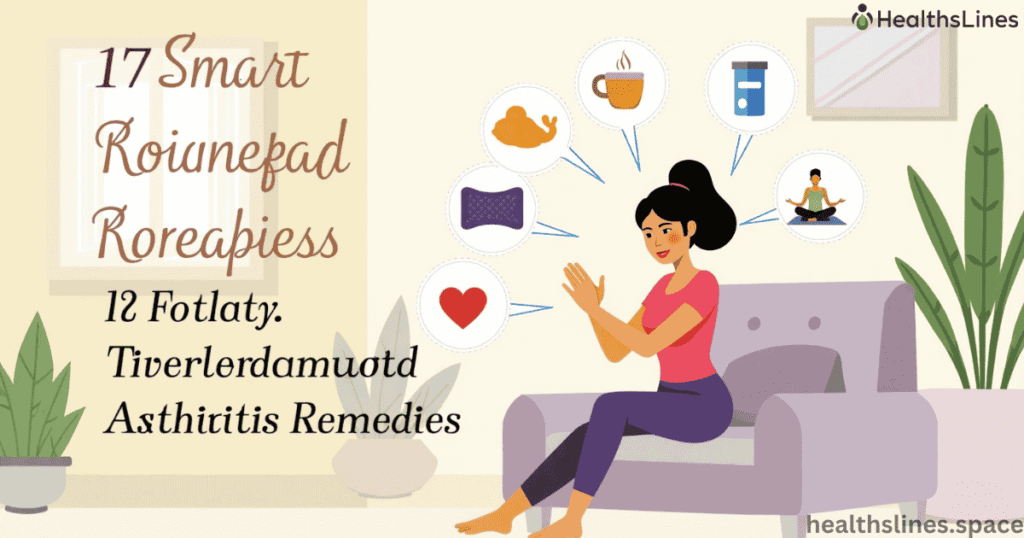
What you eat can help your joints feel better—or worse. Certain foods help your body fight inflammation. Others make it worse. People with rheumatoid arthritis often feel better when they eat more plants and less processed food.
Good foods include berries, leafy greens, nuts, fish, and olive oil. These foods have things called antioxidants and omega-3s. These help calm your immune system. Fish like salmon and sardines are especially good. They have healthy fats that protect your joints Remedies for Rheumatoid Arthritis.
Try to eat less red meat, sugar, and fried food. These can trigger inflammation. Drinking enough water is also important. It keeps your joints cushioned and helps flush out toxins. Some people follow the Mediterranean diet, which is full of healthy oils, fruits, and veggies. It’s been shown to help many people with RA.
| Helpful Foods | Foods to Avoid |
| Salmon, Tuna | Fried foods |
| Leafy greens | Soda and candy |
| Berries, Apples | White bread |
| Olive oil | Red meat |
| Whole grains | Processed snacks |
Natural Supplements That Help
Some plants and natural remedies may help with RA pain. They aren’t magic cures, but they can support your treatment. Always check with your doctor first. Some herbs can affect your meds.
Fish oil supplements have omega-3s that reduce swelling. They are one of the most studied natural tools for RA. Probiotic supplements help your gut, which supports your immune system. Turmeric, a yellow spice, has curcumin that calms inflammation. Some people use ginger the same way. Another strong herb is the thunder god vine, used in Chinese medicine. But it must be taken with care, as it can be strong.
Some women use evening primrose oil. It has GLA, which may ease joint pain. Not everyone gets results, but it can be worth trying. Don’t stop your meds when trying supplements. Use them as extra support.
Gentle Body Therapies
Hands-on care can do wonders for sore joints. Massage therapy helps reduce pain and relax tight muscles. A gentle massage can lower stress and help you sleep better. It also helps with blood flow to sore spots. Some people see a trained therapist. Others use a massage gun or foam roller at home.
Acupuncture is another option. It comes from Chinese medicine. Thin needles go into the skin at special points. This might sound scary, but most people say it doesn’t hurt. Acupuncture may help with RA by releasing natural painkillers from your brain. Many people feel less stiff and sore after treatment.
These body therapies don’t replace medicine. But they can make flare-ups easier to handle. Some insurance plans even help pay for them. That means you can care for your body in more than one way.
Rest, Sleep, and Support
The weather outside can change how your joints feel. Many people with rheumatoid arthritis say their pain gets worse when it’s rainy, cold, or damp. Science isn’t fully sure why this happens, but changes in pressure and temperature may affect joint tissues. Chilly air can also make your muscles tighten, which makes pain feel worse. That’s why warm, sunny days often feel better.
Sunlight gives you vitamin D, which helps your bones stay strong and your immune system work right. Low vitamin D levels are common in people with RA. Some studies show that not getting enough sunlight might lead to more flare-ups. Try to get 10–20 minutes of sunlight most days. You can also take a vitamin D supplement if your doctor says you need it.
When it’s cold or wet, dress in layers to stay warm. Use gloves and joint warmers if your hands or knees ache. A warm room or heated blanket can also help on gloomy days. While you can’t control the weather, you can prepare your body to handle it better.
Medication and Medical Help
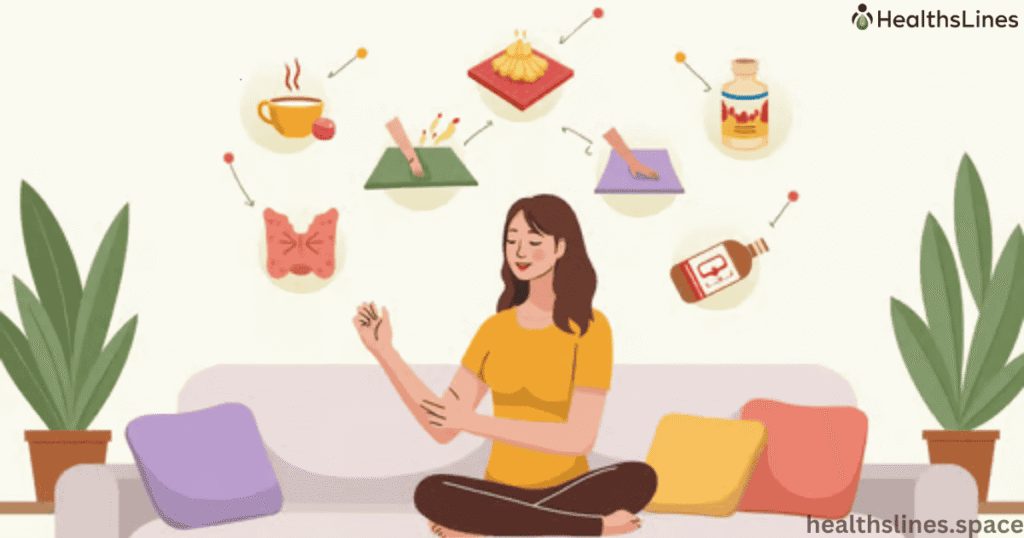
Sometimes, home remedies aren’t enough. Medicines help control pain and swelling. Many people use NSAIDs like ibuprofen. These help reduce pain fast. But long-term use can affect your stomach Remedies for Rheumatoid Arthritis. That’s why doctors may also use DMARDs or biologics. These target the disease itself—not just the symptoms.
Biologics are newer meds that go straight to the cause of inflammation. They block special cells in your immune system. These medicines help slow down joint damage. But they also need close doctor care. Not every drug works for every person. Your doctor will help you find the best fit.
In rare cases, people need surgery. This may happen if joints are badly damaged. Surgery can replace or fix joints so you can move again. It’s not common, but it’s helpful when nothing else works. Always talk to your doctor before changing treatment.
Tools That Make Life Easier
Flare-ups can make daily tasks hard. But tools and devices can help. Simple things like jar openers, special grips, or raised toilet seats can take pressure off your joints. You can also use canes, walkers, or braces to stay steady. These tools don’t mean you’re weak—they help you stay independent.
Technology helps too. Some people use apps to track symptoms or remind them to take meds. There are also gloves and wraps made for sore hands and knees. These give support and warmth, helping you move better.
You don’t have to do it all alone. Ask an occupational therapist. They can show you ways to make your home easier to move around. Little changes can make a big difference.
Final Thoughts
Living with rheumatoid arthritis isn’t easy. Flare-ups hurt and slow you down. But with smart choices, you can manage the pain. You don’t need to suffer in silence. Try mixing home remedies with medical care. Focus on food, movement, rest, and gut health. Explore body therapies and stay connected to others. Each step adds up.RA is a part of your life—but it doesn’t have to control it. You have options. You have support. And you can feel better.
